International Good Guys ~ Making the world a better place since 1971 ~ Site maintained by
All material Copyright © Mike Smith 2003 unless otherwise credited
| Return to Appendix One Index |

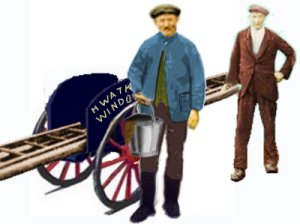


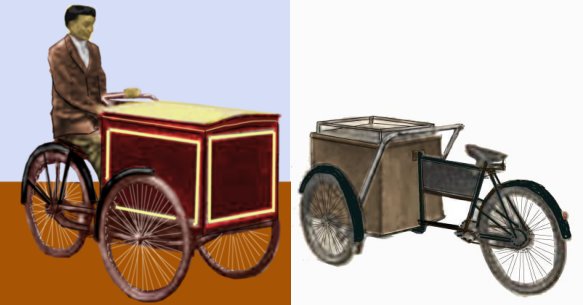

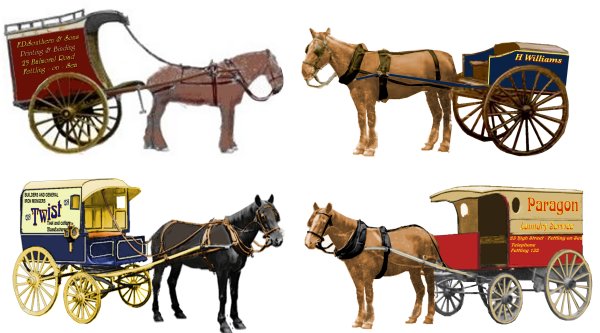
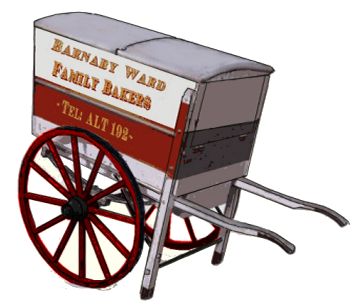
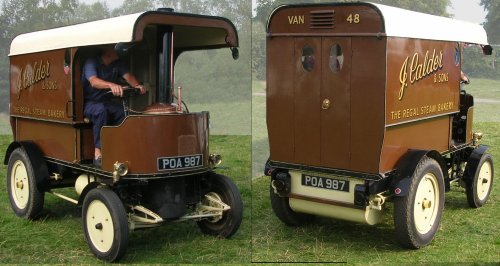
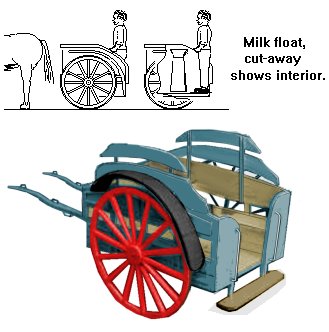
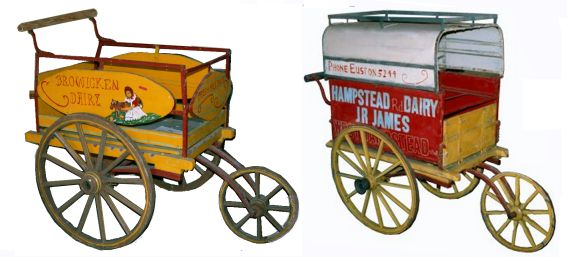
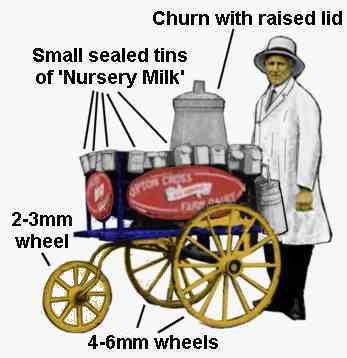
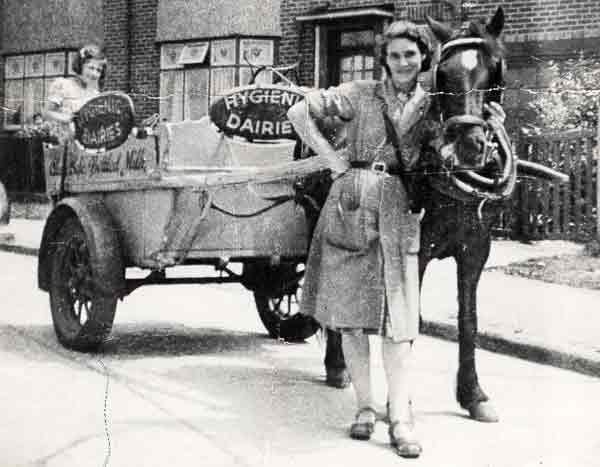
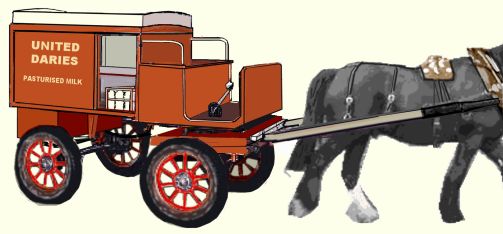
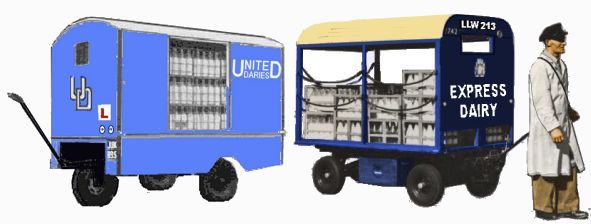

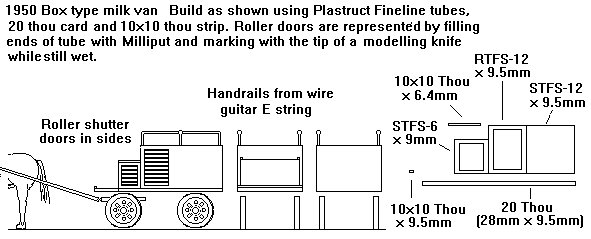

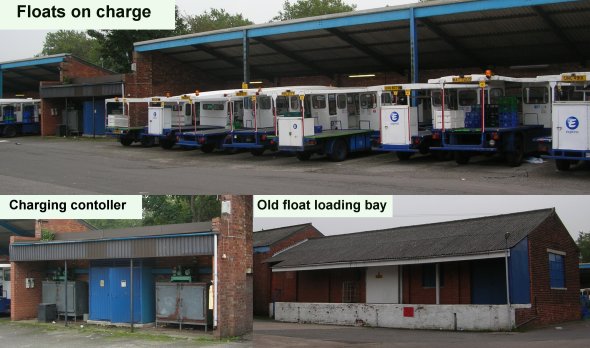
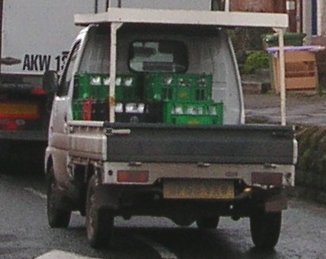
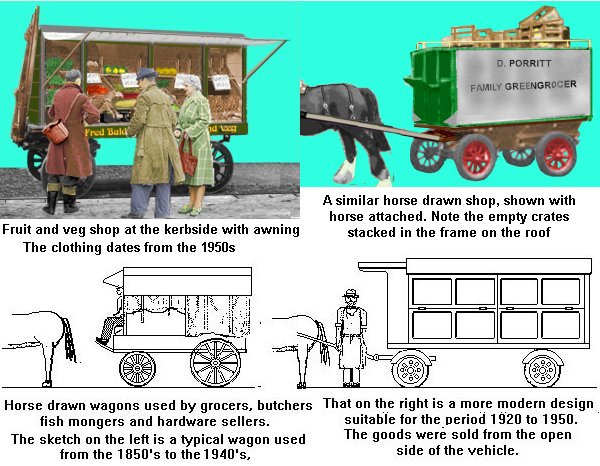
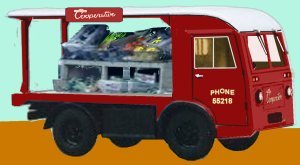
The enclosed pic shows a 1940 jar,they were in widespread use in the 1930s and possibly earlier.
Clarks Sarsaparilla & Burdock etc was delivered weekly, I think. Their jars were glazed all over and had a stoneware screw stopper; an important feature because it meant they could be used as a really good hot-water bottle over the winter, propping up the bed clothes like a tent,along with the pyjamas, and allowing the heat to spread all around. It made going to bed very inviting in 1940 and 50s when we had little coal for home heating and real winters, not the mimsy few inches of snow for a day or two that excites the news people these days. Imagine ---- ice on the inside of draughty single glazing and a really warm bed and pyjamas! It was memorable ; I was only 7yrs old.
The pop in the summer was great, too.
p.s. There was a tremendous crash when the unbreakable jar was kicked out of bed.
